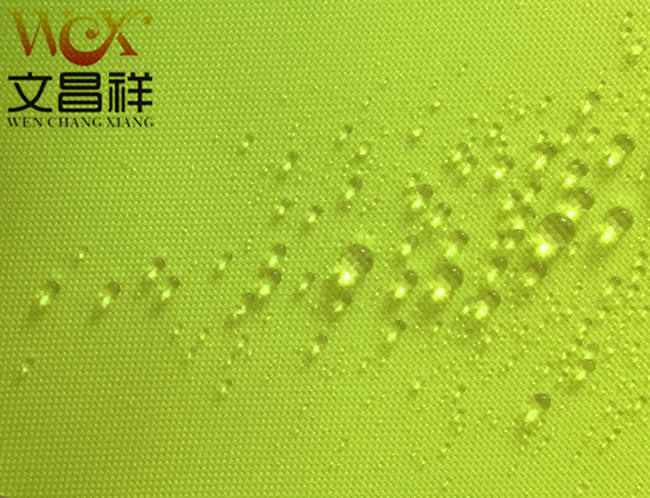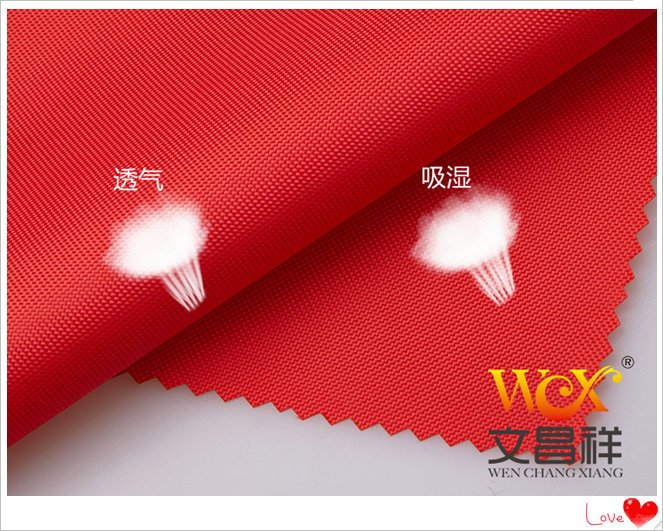Try not to expose waterproof fabrics to the sun and need to be dried in the shade.
Waterproof fabrics are waterproof and water-repellent. 1. Water-repellent fabrics are commonly used in the production of jackets, which require breathability and certain waterproof properties. This kind of fabric has been processed to be water-repellent. Various chemical materials are used to attach an ultra-fine “needle bed” to the surface of the fabric, so that the tension on the surface of the fabric is less than the cohesion of water. When water drops fall on the fabric, water droplets will form and slide off. , instead of spreading out and soaking, which is the so-called lotus leaf effect.

2. Waterproof fabric, commonly found in waterproof clothing, umbrellas, and outdoor products, refers to making a rubber base on the bottom of the fabric. The waterproof film is combined with other materials through the pasting process to form a composite fabric. The fabrics used to compound the film are not waterproof themselves, such as polyester fiber, nylon, etc., so when we wear waterproof clothing and encounter heavy rain, we will still see water seeping into the clothing, but the inner layer of the clothing is dry. Yes, no water seeped in. This is the role of the waterproof film in the middle of the composite fabric.
After experiencing the initial compact fabrics and coated waterproof fabrics, waterproof fabrics are now mainly pasted film fabrics. The key to achieving waterproof effect lies in the functional film used in the fabric.

Textile’s main oxford cloth series products include waterproof oxford cloth, flame retardant oxford cloth, coated oxford cloth, fluorescent oxford cloth, etc. If you are interested in or have questions about the products of Suzhou Textile Co., Ltd., please contact the online customer service on the web page or leave a message. We will provide dedicated service to meet all your needs.
</p







